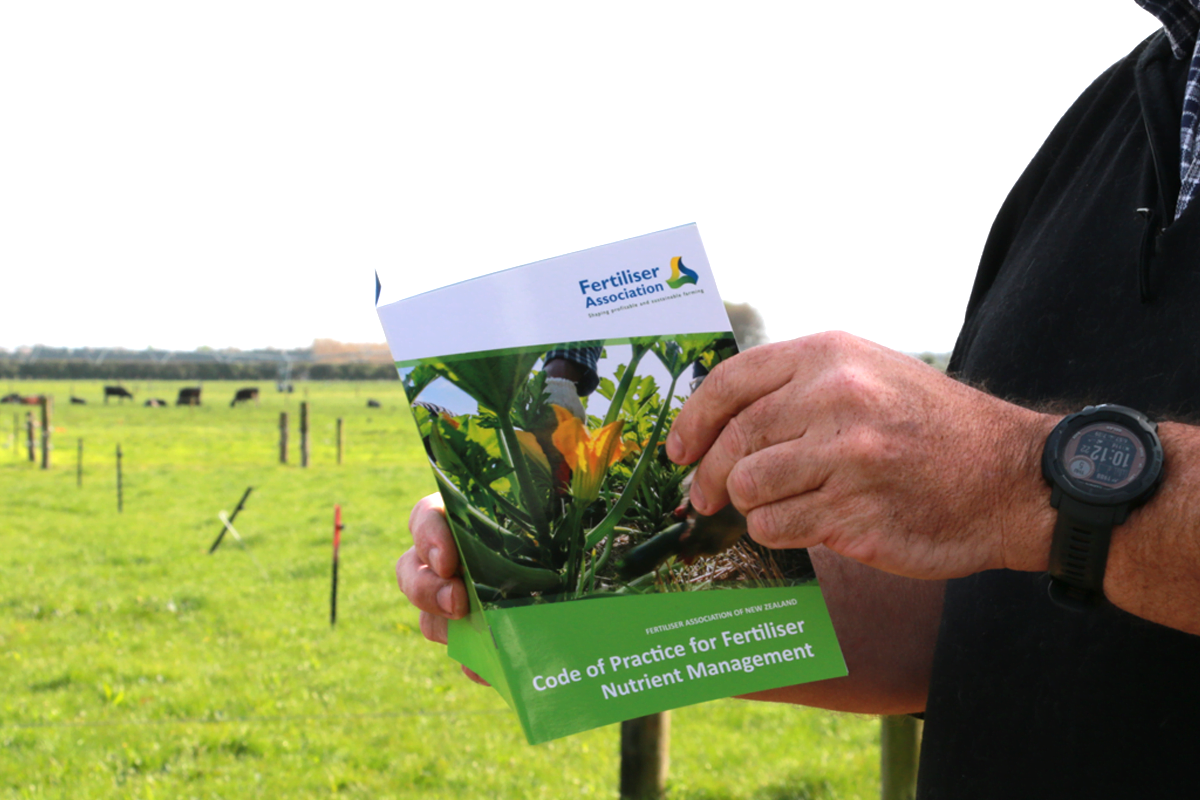Phenotyping early-vigour in oat cover crops to assess plant-trait effects across environments
February 2023
Publication: Field Crops Research
Author(s): Edmar Teixeira, Mike George, Paul Johnston, Brendon Malcolm, Jian Liua, Robert Ward, Hamish Brown, Rogerio Cichota, Kurt Christian Kersebaum, Kate Richards, Shane Maley, Robert Zyskowski, Edith Khaembah, Abha Sood, Paul Johnstone
Early-vigour is a plant trait phenotypically characterised by a rapid expansion of leaf area in early stages of crop growth, before canopy closure. Although early-vigour is already used as a selection criteria in breeding programmes for grain cereals, its genetic variability and potential benefits for oat cover crops is unknown. In this study, we screened 231 oat lines from a commercial forage breeding programme using high-throughput field phenotyping to quantify canopy development rates through aerial photographs. Results showed a wide genetic variability for early-vigour in oats, with canopy cover differences of up to ∼20% during the approximate 30 days period from emergence to full canopy cover. Two oat genotypes with contrasting canopy cover development rates (opposite quartile ranges of the population) were subsequently selected for a detailed investigation of underlying mechanisms explaining early-vigour during two field trials. For these genotypes, the size of individual leaves was found to be the main factor driving differences, with 50% larger leaf area before the sixth leaf from the base of the main tiller in the high early-vigour genotype. A process-based biophysical model (APSIM-NextGen oats) was then parameterised to quantify variability on potential early-vigour benefits across four representative agricultural target environments. This was done by simulating the two selected oat genotypes across 30-years of historical weather data from each of the four distinct climatic zones, considering two contrasting soil types and three possible cover crop sowing dates. Results showed early-vigour to provide overall positive ecosystems services with pooled medians of 7–18% increase in above ground biomass and 5–13% increase in nitrogen uptake which caused a consequent 4–9% reduction in nitrogen leaching losses depending on the location/soil/management combination. Such decline in relative plant-trait effects across different components of the production system (above-ground biomass, above-ground N and N leaching reduction) was also accompanied by increasing variability in responses, with pooled coefficients of variation around 31%, 69% and 80% respectively. Similarly, our results also highlight the relative dilution of trait effects across scales. For instance, a 50–70% difference in basal leaf size at the plant-organ scale caused a 6–10% potential reduction of N leaching at the agricultural system scale. These results highlight the importance of multi-metric evaluations of spatial and temporal variability in trait effects to better inform breeding and selection programmes. Finally, our practical implementation of previously conceptualised methods illustrates the increased depth of understanding about plant-trait benefits when combining interdisciplinary approaches such as high throughput phenotyping, classic crop physiology field experimentation and biophysical modelling. The principles of this approach can be extended to assess the relative value of other traits across different species, managements and environments.
 View Our Strategy Document 2019 – 2024
View Our Strategy Document 2019 – 2024



